| Plant Habit: | Shrub |
| Life cycle: | Perennial |
| Sun Requirements: | Full Sun Full Sun to Partial Shade Partial or Dappled Shade |
| Water Preferences: | Wet Mesic Mesic Dry Mesic |
| Soil pH Preferences: | Slightly acid (6.1 – 6.5) Neutral (6.6 – 7.3) Slightly alkaline (7.4 – 7.8) Moderately alkaline (7.9 – 8.4) |
| Minimum cold hardiness: | Zone 4a -34.4 °C (-30 °F) to -31.7 °C (-25 °F) |
| Maximum recommended zone: | Zone 8b |
| Plant Height: | 10 to 16 feet |
| Plant Spread: | 10 to 16 feet |
| Leaves: | Good fall color Unusual foliage color Deciduous Other: Foliage turns dusky purple shades in fall. |
| Fruit: | Showy Edible to birds Other: Clusters of 1/4 inch white drupes. |
| Fruiting Time: | Late summer or early fall |
| Flowers: | Showy Fragrant Blooms on old wood |
| Flower Color: | White |
| Bloom Size: | Under 1" |
| Flower Time: | Late spring or early summer |
| Uses: | Windbreak or Hedge Erosion control Will Naturalize |
| Wildlife Attractant: | Bees Birds Butterflies |
| Resistances: | Humidity tolerant |
| Propagation: Seeds: | Stratify seeds: 30 - 60 days at 41F Scarify seeds |
| Propagation: Other methods: | Cuttings: Stem Layering Division |
| Pollinators: | Various insects |
| Miscellaneous: | Tolerates poor soil Monoecious |


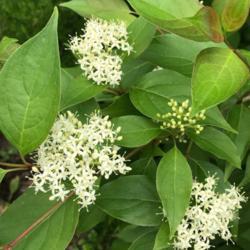
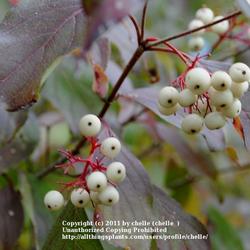

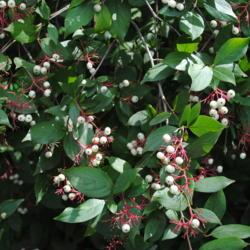
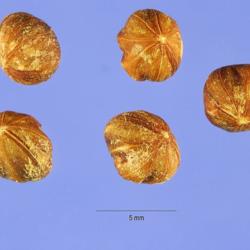


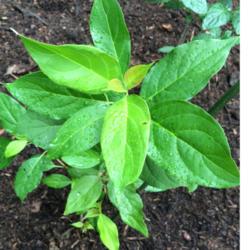
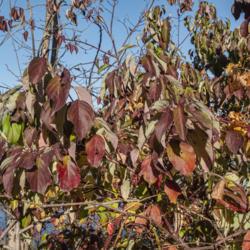
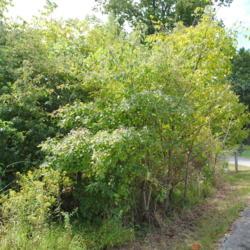
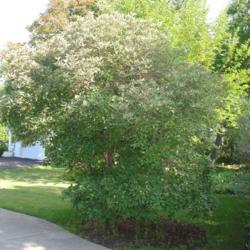




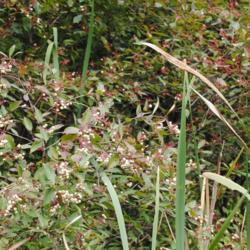
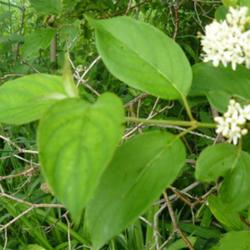
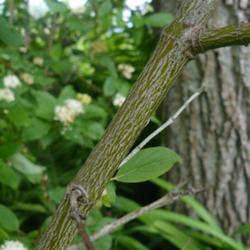
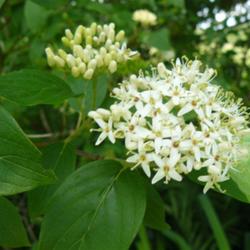


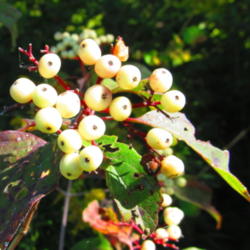

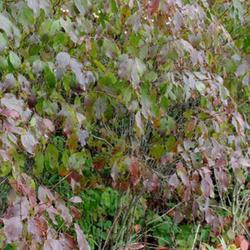
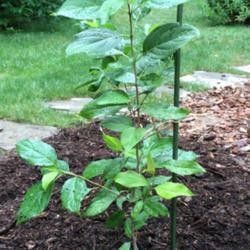
« Add a new plant to the database
» Search the Dogwoods Database: by characteristics or by cultivar name
« See the general plant entry for Dogwoods (Cornus)